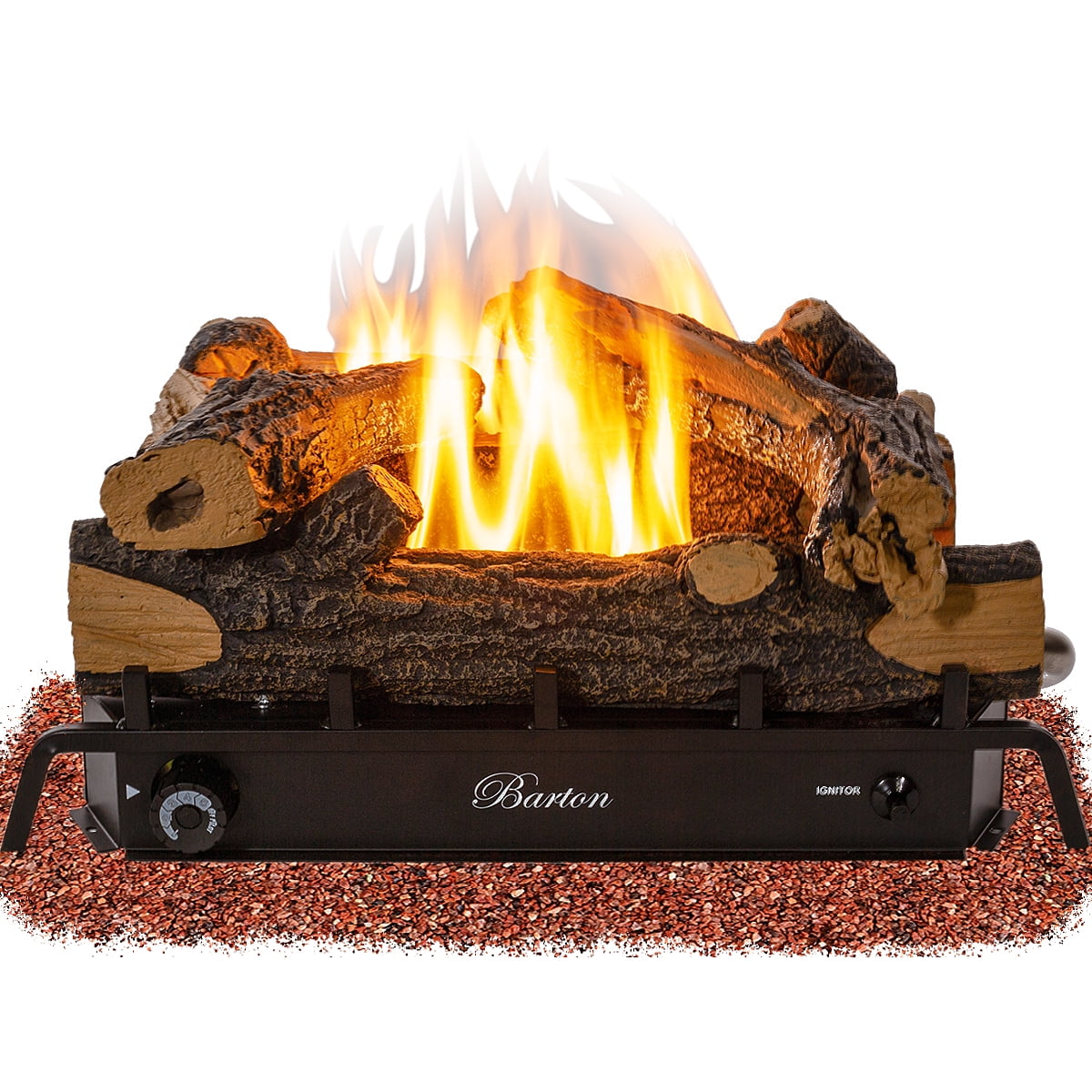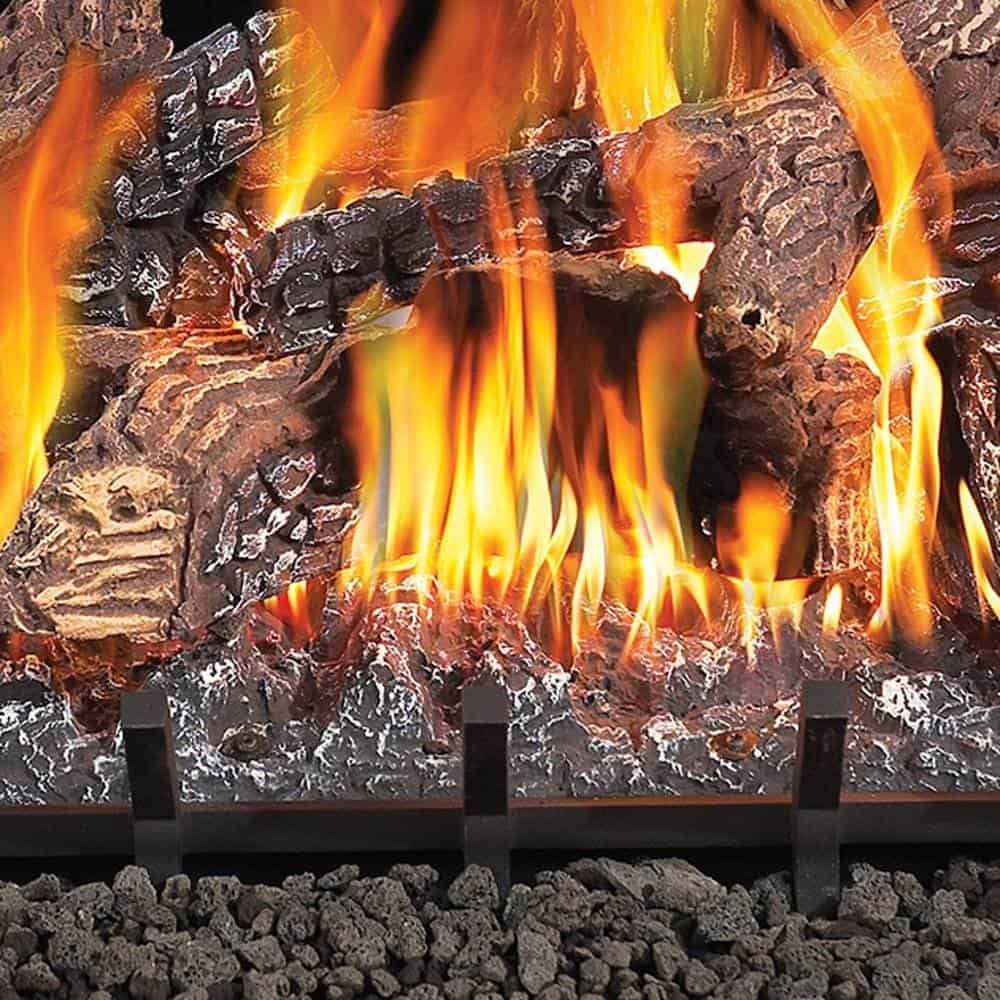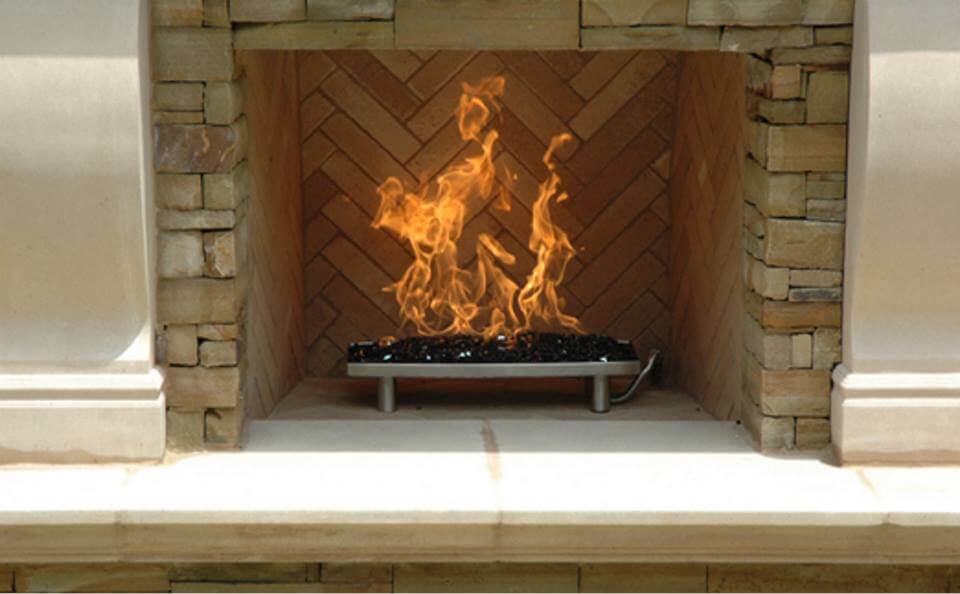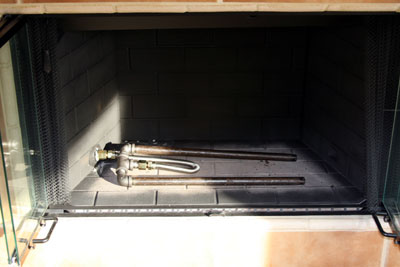Gas Fireplace Burner Replacement
Replacing a gas fireplace burner is a task that many homeowners may eventually face as part of regular maintenance or to improve the efficiency and safety of their heating system. A gas fireplace burner is an essential component responsible for igniting the gas and creating a flame that provides warmth and ambiance. Over time, the burner may become clogged with debris or corroded, leading to issues such as poor flame performance, uneven heating, or a fireplace that fails to ignite entirely. Regular inspection and maintenance can prolong the lifespan of the burner, but eventually, a replacement might be necessary. Understanding the process and what to expect can help ensure the replacement is performed safely and effectively, whether you decide to hire a professional or tackle it yourself.

Before embarking on a gas fireplace burner replacement, it’s crucial to understand the type of burner installed in your fireplace. There are several types, including log burners, ribbon burners, and sand pan burners, each designed for different styles of fireplaces. The specifications for the burner will depend on factors like the size of the fireplace, the type of gas used (natural gas or propane), and the desired flame pattern. Each burner type has its unique installation process and requirements, so knowing the correct model is essential. Additionally, modern burners often come with energy-efficient and eco-friendly designs, allowing homeowners to upgrade to a more efficient system that produces more heat with less gas.

Safety is a significant concern when replacing a gas fireplace burner. Gas leaks, improper burner installation, or malfunctioning components can pose serious risks such as fires or carbon monoxide poisoning. For this reason, it is advisable to turn off the gas supply and disconnect the fireplace from the power source before starting the replacement. Checking the condition of other components like the thermocouple, pilot light, and gas valves during the burner replacement process can also help ensure the overall system remains in good working condition. Once the old burner is removed, inspecting the gas line and connection points is critical to avoid leaks or damage that could lead to hazards down the road. If you are unsure about the condition of your gas lines or connections, it’s always best to consult with a licensed technician to avoid any safety mishaps.

Replacing a gas fireplace burner can also be an opportunity to enhance the performance and look of your fireplace. Upgrading to a more modern burner can allow for better flame control, more realistic flame patterns, and even smart technology integration for remote control options. Some newer burners are designed with improved airflow to maximize heat output, while others focus on creating a more aesthetically pleasing flame with enhanced lighting effects or a natural wood-burning appearance. By selecting a burner that matches your home’s heating needs and aesthetic preferences, you can elevate your fireplace to become a centerpiece that not only heats your space efficiently but also enhances the ambiance and comfort of your living environment.

Fiberglow 24 Inch Vented Log Burner Set Insert for Natural Gas Fireplaces

Gas Fireplace Burner Replacement Home Design Ideas

Pleasant Hearth 24-in 30000-BTU Dual-Burner Vent-free Gas Fireplace Logs with Thermostat in the

Natural Gas Fireplace Water Heater Boiler Replacement Part Safety Pilot Burner

Stainless Steel Gas Fireplace Burner Pan – Magic Touch Mechanical

Thermablaster 24-in 40000-BTU Dual-Burner Vent-Free Gas Fireplace Logs with Thermostat and

Natural Gas Fireplace Burner Home Design Ideas

Natural Gas Fireplace Replacement Bbq Burner Parts – Buy Gas Fireplace Burner,Replacement Bbq

How to install a fireplace burner.

Related Posts:
- DIY Outdoor Gas Fireplace Kits
- Gas Fireplace Brass Trim Replacement
- Gas Fireplace Exhaust
- Vented Gas Fireplace Heater
- Gas Fireplace Glass Fogs Up
- Old Gas Fireplace Operation
- Gas Fireplace Wiring Diagram
- Gas Fireplace Burner Replacement
- LP Gas Fireplace Vent Free
- Gas Fireplace with Bookshelves
Gas fireplaces are a popular choice for many homeowners, providing a convenient and efficient way to add warmth and ambiance to their homes. Over time, the burner in a gas fireplace may need to be replaced due to wear and tear or malfunctioning. In this guide, we will discuss the importance of replacing a gas fireplace burner, as well as provide step-by-step instructions on how to do so.
Importance of Gas Fireplace Burner Replacement
The burner in a gas fireplace is a crucial component that is responsible for producing the flames and heat. Over time, the burner can become clogged with debris or deteriorate, leading to inefficient operation or even potential safety hazards. By replacing the burner when necessary, you can ensure that your gas fireplace continues to operate effectively and safely.
Steps to Replace a Gas Fireplace Burner
Turn off the gas supply: Before starting any work on your gas fireplace, make sure to turn off the gas supply at the main shut-off valve. This will prevent any gas from leaking while you are working on the burner.
Remove the old burner: Carefully detach the old burner from the gas line and remove it from the fireplace. Inspect the burner for any signs of damage or wear, such as rust or corrosion.
Install the new burner: Position the new burner in place and securely attach it to the gas line using a wrench or pliers. Make sure all connections are tight to prevent any gas leaks.
Test the fireplace: Once the new burner is installed, turn on the gas supply and test the fireplace to ensure that it is working properly. Check for proper flame height and color, as well as any unusual smells or sounds.
Common Mistakes to Avoid
Ignoring maintenance: Regularly cleaning and inspecting your gas fireplace can help prevent issues with the burner before they become serious problems. Neglecting maintenance can lead to premature failure of the burner.
Using incorrect replacement parts: It is important to use manufacturer-approved replacement parts when replacing a gas fireplace burner. Using incompatible parts can compromise safety and performance.
Not hiring a professional: If you are unsure about how to replace your gas fireplace burner or do not feel comfortable doing so yourself, it is best to hire a professional technician. Attempting DIY repairs without proper knowledge can result in accidents or further damage.
Neglecting safety precautions: Safety should always be a top priority when working on a gas appliance. Make sure to follow all safety guidelines provided by the manufacturer and take necessary precautions to prevent accidents or injuries.
How often should I replace my gas fireplace burner?
It is recommended to inspect your gas fireplace burner annually for signs of wear and replace it as needed. However, if you notice any issues such as uneven flames or strange odors coming from your fireplace, you should replace the burner immediately.
Can I replace my gas fireplace burner myself?
While it is possible to replace a gas fireplace burner yourself, it is recommended to hire a professional technician for this task. A qualified technician will have the necessary knowledge and experience to safely and effectively replace your burner.
How do I know if my gas fireplace burner needs replacing?
Signs that your gas fireplace burner may need replacing include uneven flames, strange odors, or difficulty lighting the pilot light. If you notice any of these issues, it is best to have your burner inspected by a professional technician.
Is it dangerous to use a faulty gas fireplace burner?
A faulty gas fireplace burner can pose safety hazards such as carbon monoxide leaks or fires. It is important to address any issues with your burner promptly to ensure safe operation of your gas fireplace.
How much does it cost to replace a gas fireplace burner?
The cost of replacing a gas fireplace burner can vary depending on the type of burner and labor costs in your area. On average, you can expect to pay between $200-500 for a professional replacement service including parts and labor. Conclusion
Replacing a gas fireplace burner is an important maintenance task that can help ensure the safe and efficient operation of your gas fireplace. By following the steps outlined in this guide and avoiding common mistakes, you can effectively replace your burner and enjoy a cozy and warm fireplace in your home. Remember to prioritize safety and consider hiring a professional technician if you are unsure about performing the replacement yourself. As always, regular maintenance and inspections of your gas fireplace can help prevent issues with the burner before they become serious problems. In summary, it is important to replace a gas fireplace burner when necessary to ensure efficient and safe operation of your fireplace. Following the steps provided in this guide, such as turning off the gas supply, carefully removing the old burner, installing the new burner correctly, and testing the fireplace, can help you successfully replace the burner. Additionally, avoiding common mistakes like neglecting maintenance, using incorrect replacement parts, attempting DIY repairs without proper knowledge, and neglecting safety precautions is crucial for a successful replacement.
If you are unsure about how to replace your gas fireplace burner or do not feel comfortable doing so yourself, it is best to hire a professional technician. Remember that safety should always be a top priority when working on a gas appliance. Regular maintenance and inspections of your gas fireplace can help prevent issues with the burner before they become serious problems. If you notice any signs that your gas fireplace burner may need replacing, such as uneven flames or strange odors, it is best to have your burner inspected by a professional technician promptly. By taking these steps and prioritizing safety, you can enjoy a cozy and warm fireplace in your home for years to come.